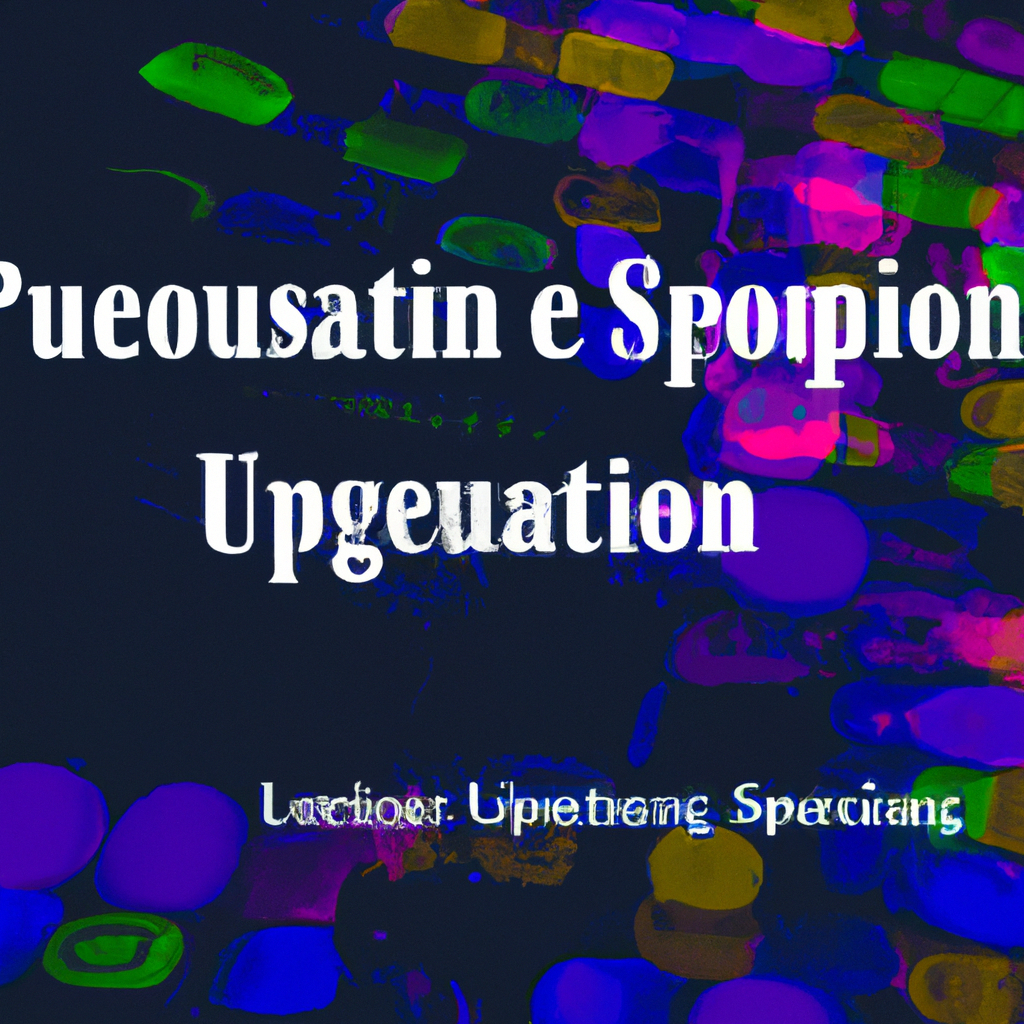Exploring the Applications of Natural Language Processing in Text Summarization
Table of Contents
Exploring the Applications of Natural Language Processing in Text Summarization
# Introduction:
In the era of information overload, where billions of documents are generated every day, the need for efficient and effective text summarization techniques has become crucial. Text summarization plays a pivotal role in condensing large volumes of information into concise and coherent summaries. One of the most promising approaches to achieving this goal is through the use of Natural Language Processing (NLP). This article aims to explore the applications of NLP in text summarization, highlighting both the new trends and the classics of computation and algorithms.
# Understanding Natural Language Processing:
Natural Language Processing is a subfield of Artificial Intelligence that focuses on the interaction between computers and human language. It involves the development of algorithms and computational models to enable computers to understand, interpret, and generate human language in a meaningful way. NLP encompasses a wide range of tasks, including text classification, sentiment analysis, named entity recognition, and, of course, text summarization.
# Text Summarization Techniques:
Text summarization techniques can be broadly divided into two categories: extractive and abstractive summarization. Extractive summarization involves identifying and extracting the most important sentences or phrases from the original text to form a summary. Abstractive summarization, on the other hand, aims to generate a summary by understanding the meaning of the text and expressing it in new, concise sentences. Both approaches have their advantages and challenges, and NLP plays a crucial role in enabling these techniques.
## Extractive Summarization:
Extractive summarization relies on identifying the most salient information from the original text. This can be achieved through several NLP techniques, such as sentence ranking, keyword extraction, and clustering. Sentence ranking algorithms use various features, such as sentence length, word frequency, and semantic similarity, to determine the importance of each sentence. Keyword extraction techniques identify the most relevant keywords in the text and use them as indicators of importance. Clustering algorithms group similar sentences together, allowing the extraction of representative sentences from each cluster.
## Abstractive Summarization:
Abstractive summarization, being a more challenging task, requires deeper understanding of the text. NLP techniques used in abstractive summarization include part-of-speech tagging, parsing, semantic role labeling, and natural language generation. Part-of-speech tagging assigns grammatical tags to each word in the text, enabling the identification of important nouns, verbs, and adjectives. Parsing analyzes the syntactic structure of the text, allowing the identification of relationships between words and phrases. Semantic role labeling identifies the roles played by different words in a sentence, such as the subject, object, or modifier. Natural language generation techniques then generate new sentences that capture the essence of the original text.
# Deep Learning in Text Summarization:
Deep Learning has revolutionized the field of NLP, and its applications in text summarization are no exception. Deep Learning models, such as Recurrent Neural Networks (RNNs) and Transformer models, have shown impressive performance in both extractive and abstractive summarization tasks. RNNs, particularly Long Short-Term Memory (LSTM) networks, have the ability to capture contextual information from sequences of words, making them suitable for extractive summarization. Transformer models, on the other hand, have introduced the concept of self-attention, allowing them to capture long-range dependencies and generate coherent abstractive summaries.
# Evaluation Metrics for Text Summarization:
Evaluating the quality of a text summary is a challenging task. Several evaluation metrics have been proposed, including ROUGE (Recall-Oriented Understudy for Gisting Evaluation), BLEU (Bilingual Evaluation Understudy), and METEOR (Metric for Evaluation of Translation with Explicit ORdering). These metrics compare the generated summary against one or more reference summaries, assessing the overlap in terms of n-grams, word order, and semantic similarity. However, these metrics have their limitations, as they rely heavily on lexical and surface-level features, often failing to capture the true essence and coherence of a summary.
# Applications of Text Summarization:
Text summarization has numerous applications across various domains. In the news industry, summarization techniques can help journalists and readers to quickly grasp the main points of an article. In the legal field, summarization can assist lawyers in digesting vast amounts of case law and legal documents. In the healthcare sector, summarization can aid in extracting relevant information from medical literature for clinical decision-making. Moreover, text summarization has applications in social media analysis, customer reviews, and automatic document categorization, among others.
# Challenges and Future Directions:
Despite the advancements in NLP and text summarization techniques, several challenges remain. One major challenge is the generation of abstractive summaries that are both accurate and coherent. Ensuring that the generated summary maintains the intended meaning and avoids any distortions or omissions is a complex task. Another challenge is the bias present in summarization systems, as they tend to amplify the bias present in the training data. Addressing these challenges requires further research and development in the field.
# Conclusion:
Natural Language Processing has revolutionized the field of text summarization, enabling the development of both extractive and abstractive techniques. Through the use of NLP algorithms and computational models, computers can now summarize large volumes of text into concise and coherent summaries. The applications of text summarization are vast and diverse, ranging from news articles to legal documents and healthcare literature. However, challenges such as generating accurate and unbiased abstractive summaries still persist. As NLP continues to advance, we can expect further breakthroughs in text summarization, leading to more efficient and effective ways of digesting information in the age of information overload.
# Conclusion
That its folks! Thank you for following up until here, and if you have any question or just want to chat, send me a message on GitHub of this project or an email. Am I doing it right?
https://github.com/lbenicio.github.io

